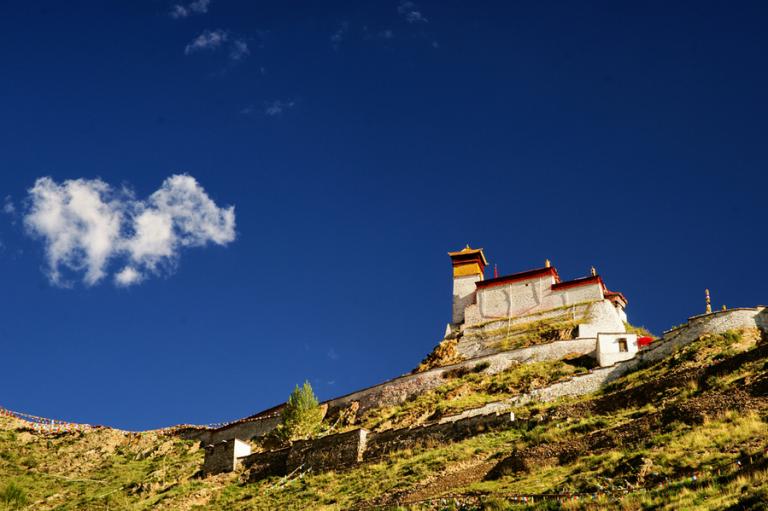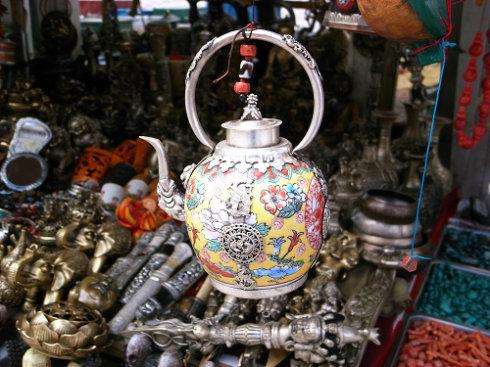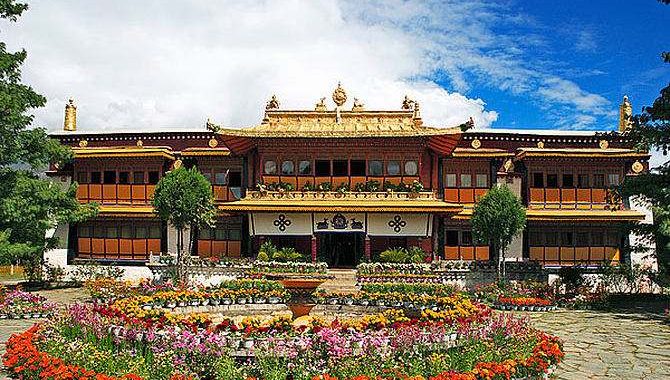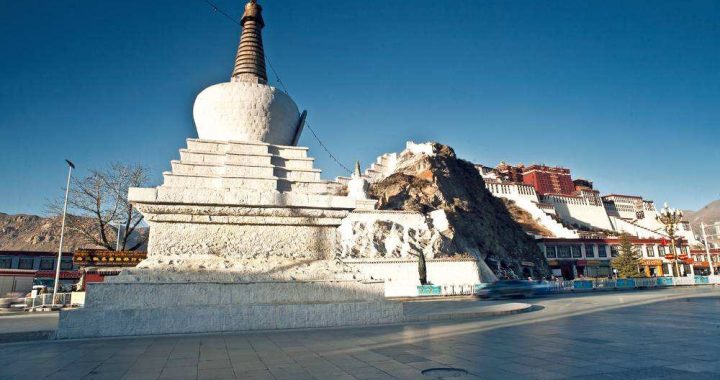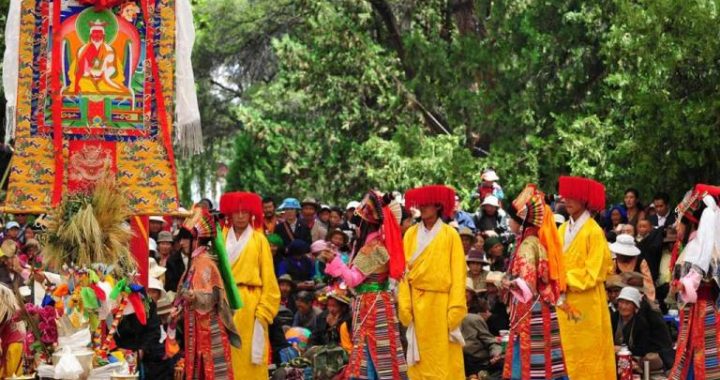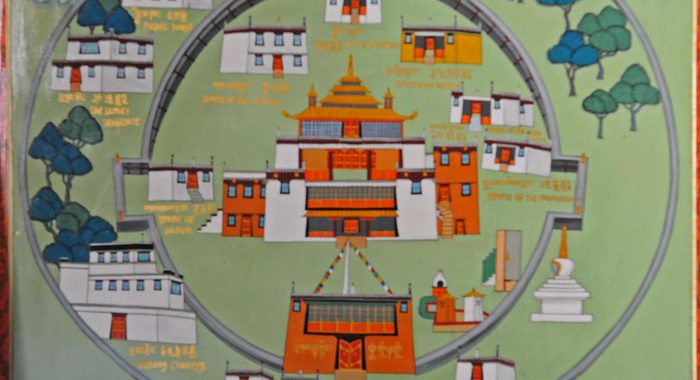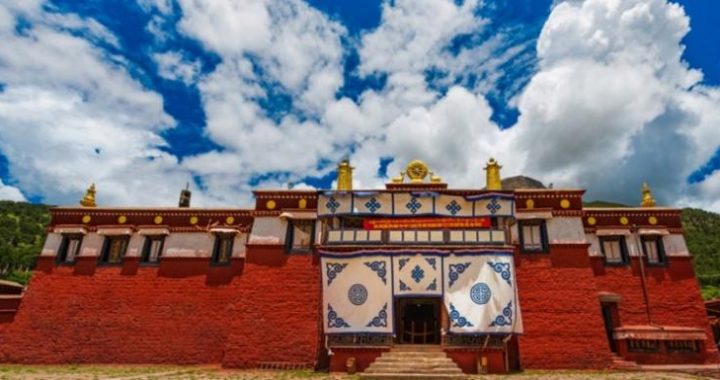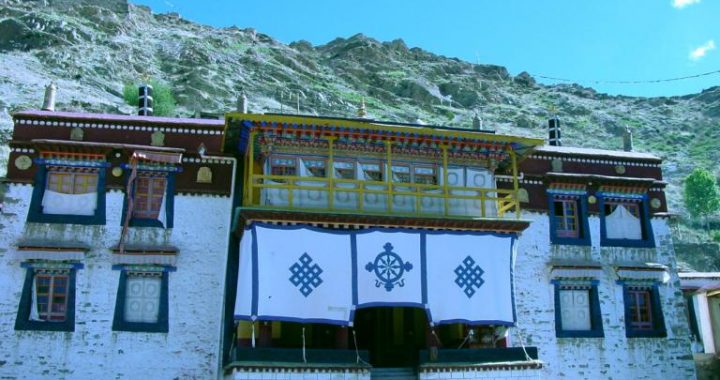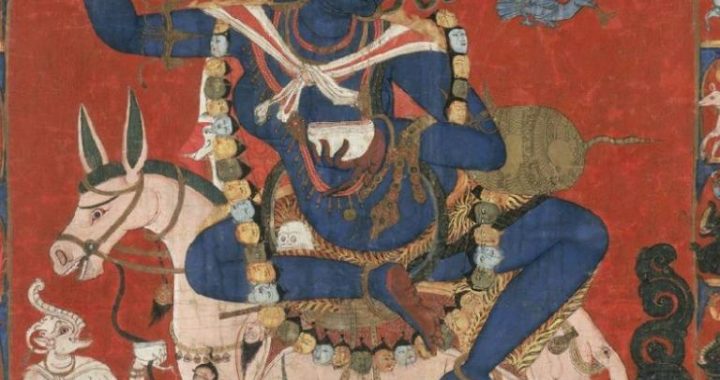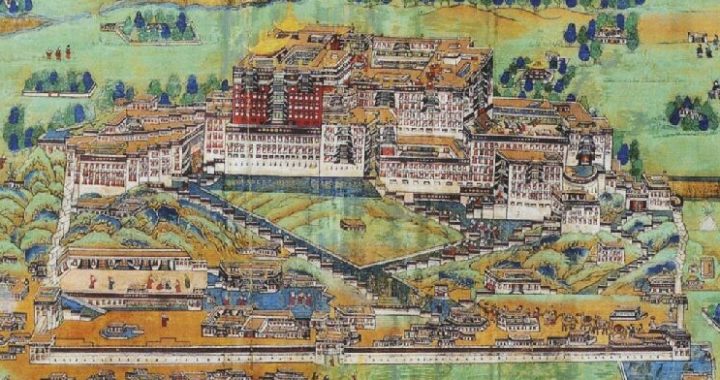The First Royal Palace in Tibet:Yumbulagang
4 min readYumbulagang in Tibetan means”palace for the mother and son”. Located in the southeast of Zedang Township in Shannan Prefecture of Tibet, to be more specific, on the eastern side of the Yalong River and the top of Mount Zhaxiceringma, Yumbulagang is the first royal palace in Tibet with a history of more than 2,100 years.
According to historical records, Yumbulagang was built by the Bonpo followers in the second century BC for the first Tubo King Nyatri Tsenpo and it continued to serve as the royal palace for the successive Tubo Kings. In the seventh century, the 33rd Tubo King Songtsen Gampo unified Tibet and moved the capital to Lhasa, as a result of which the Yumbulagang became the summer palace of Songtsen Gampo and PrincessWencheng. It is said that Princess Wencheng spent the first summer at Yumbulagang after she married the Tubo king. The Mount Zhaxiceringma, where Yumbulagang is located, looks like a reclining doe.”Yumbu”in Tibetan means a doe,”Lha”hind legs and”gang”the palace, so these characters put together mean “the palace on the doe’s hind legs”. In a word, such a name unfailingly evokes a gentle and serene feeling.
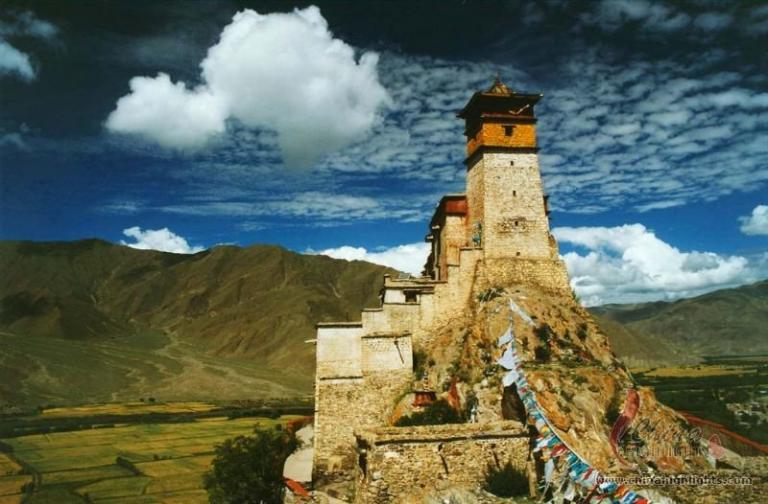
The Yumbulagang appears to be no more than a multi-story blockhouse and its construction is by no means as elaborate as that of the Potala Palace. But to the Tibetan people, Yumbulagang is the origin of Tibetan culture. Its buildings are divided into three parts: the first part is the blockhouse-like structure in the center of the eastern end of the complex, that is, the complex’s earliest construction built by Nyatri Tsenpo which measures 1l meters high,4.6 meters long and 3.5 meters wide; it appears to be a five-story construction, but actually it has only three stories inside. The corridor in the first story leads to the throne for Buddha in the hall on the first floor,a little door in the second story is open to the top of the grand hall in the same story, and the third story used to be topped with the golden roof constructed in the period of the fifth Dalai. It is highly possible that this blockhouse-style construction is kept as a part of the palace architecture dating back to the late Qing dynasty.
The second part is the palace hall built by Songtsen Gampo. This construction used to be three-story high, but now it has been renovated to be a two-story building. The first floor is dozens of steps above the ground with the front half being the foyer outside which is a roofed platform and inside which is the Buddhist ha11. As recorded in Accounts of Tibetan Cultural Relics,”In the middle of the hall stand Buddhas of the past, present and future; on the northern wall are the portraits of Songtsen Gampo and Trisong Detsen, and in the southern wall are the seating statues of Princess Wencheng and Princess Bhrikitu.
A1l the statues created with refined art are very impressive.”On the second floor in the front section isthe platform circled with short walls on three sides and in the back section is acloister with a patio; above the second floor there used to be the third floor; and there used to be a small door to the blockhouse-like building which is yet to be renovated. The third part is the living quarters of the monks and the attached buildings. In the south of the hall is the monks’ living quarters among which the second story close to the hall consists of the bedrooms for successive Dalais during Buddhist ceremonies.
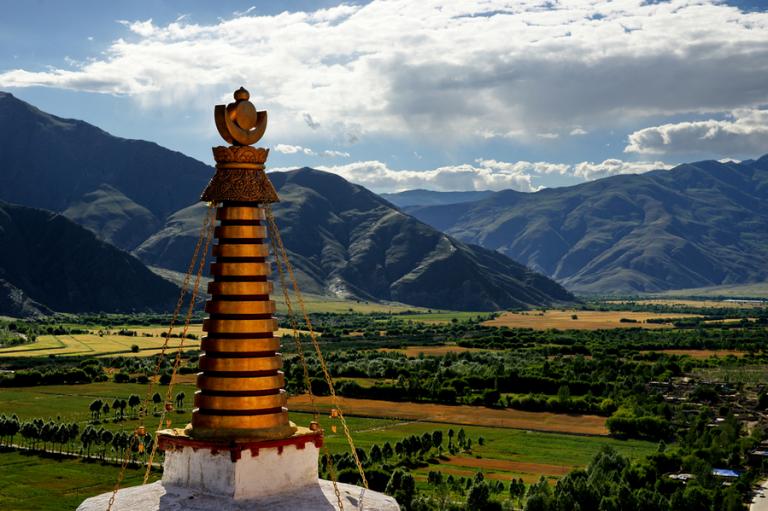
Yumbulagang became attached to Buddhism as of the reign of of the 28th Tubo King Lhatotori Nyantsen. At that time a Buddhist eminent monk from India came to Yalong and dedicated Buddhist scriptures such as The Six-Syllable Charm and The Namelist of Buddhas and Bodhisattvas with the gold pagoda and mudra to the Tubo king. It is said that though the Tubo King had no idea of the significance of these objects, he enshrined them as sacred objects in the palace. The Yumbulagang witnessed the initial spread of Buddhism into Tibet and accordingly became the holy land of Buddhists because it housed the earliest Buddhist sutras and sacred objects. Legend has it that there used to be the mountain, water, deer, birds, human figures and trees all symbolizing longevity, but now there is just the mountain and water with the former being the Mount Zhaxiceringma and the latter being a spring in the northeast of the Yumbulagang which doesn’t dry up even in drought. It is said that the stream was found by a minister named Ger Dongtsan in the reign of Songtsen Gampo; this spring later called “Goe Spring”is said to be the panacea of all diseases. Today the fortress-like construction as the first Tibetan royal palace ha become the landmark of the Shannan Prefecture for the tourists seeking the “very origin of the sacred Tibet”. The distance from the foot of the mountain to the top of the fortress, though being no more than several hundred meters, marks a stretch of Tibetan histor.
